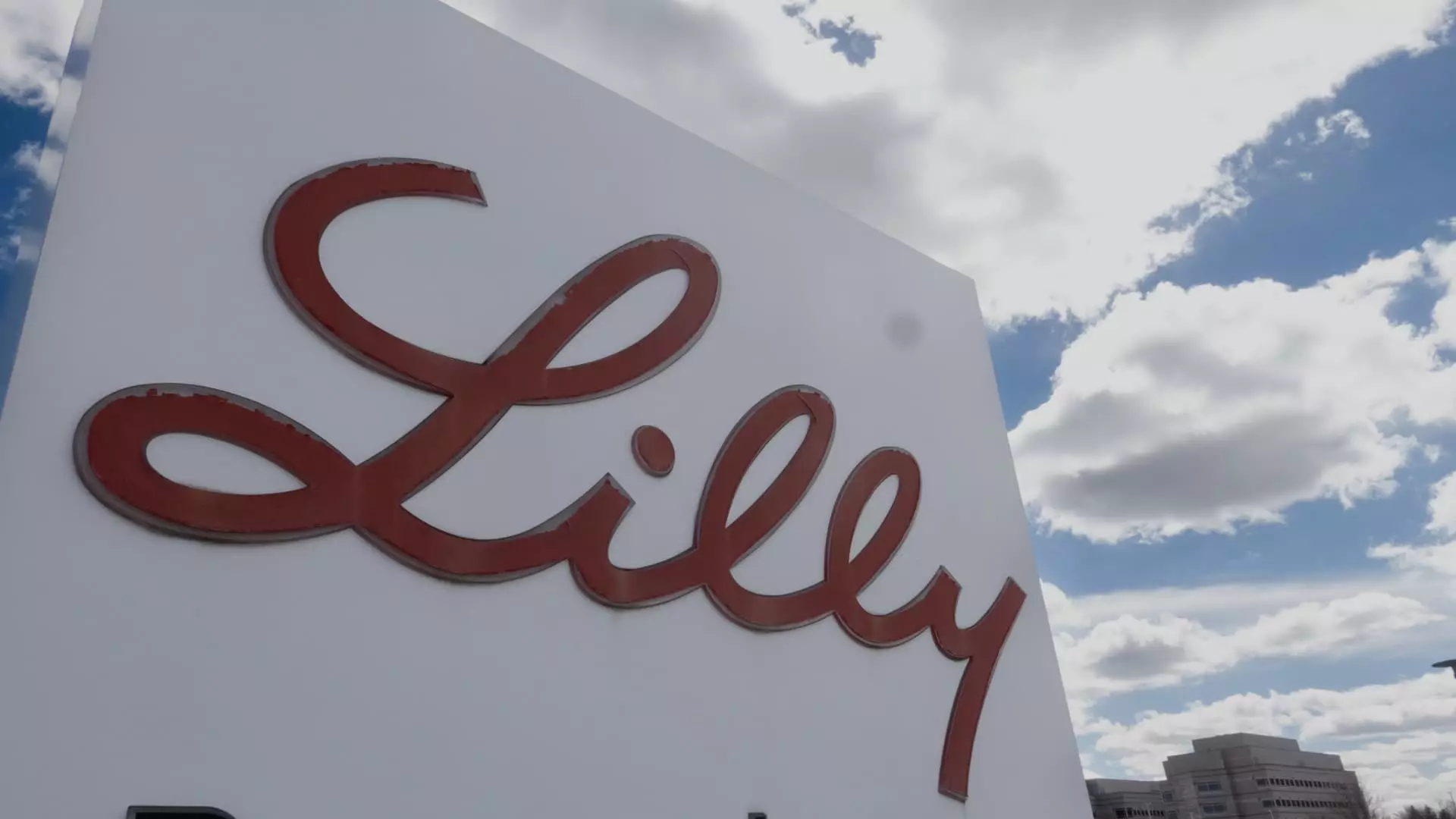Eli Lilly, a significant player in the pharmaceutical industry, has made headlines with its bold investment of $4.5 billion to establish the Lilly Medicine Foundry. This new facility intends to revolutionize the way the company develops and manufactures its medicines, primarily by integrating cutting-edge research with practical production capabilities. This article delves into the strategic implications of this move, its potential impacts on the pharmaceutical landscape, and the broader vision Eli Lilly has for the future.
The Lilly Medicine Foundry is designed to foster innovation in manufacturing processes while simultaneously enabling the production of drugs for clinical trials. This dual-purpose approach positions the facility as a pioneering establishment within the pharmaceutical industry. CEO David Ricks emphasized this integration by stating that the goal is “to take molecules from a bench in a lab to scaled-for-medicines in a pharmacy” within one location. This innovative concept could streamline the path from research and development to market-ready products.
Slated for completion in late 2027, the foundry will be strategically located near a $9 billion pharmaceutical manufacturing complex in Lebanon, Indiana. This ambitious construction project aims to produce vital components such as tirzepatide, a significant ingredient in Eli Lilly’s highly profitable drugs Mounjaro and Zepbound. With the backdrop of active construction sites against Indiana’s rural landscape, the company is clearly demonstrating its commitment to enhancing local manufacturing capabilities.
The financial implications of this investment are substantial. With Mounjaro and Zepbound expected to generate around $50 billion in revenue by 2028, Eli Lilly finds itself in a favorable position, allowing for increased investment in research and development. This revenue stream not only offers the company the flexibility to push forward with new projects but also creates pressure to deliver additional successful drugs to sustain this growth trajectory.
The healthcare industry’s current landscape is marked by intense competition, particularly in sectors such as weight loss and neurodegenerative disorders. Eli Lilly recognizes that maintaining its momentum will require ongoing innovation. CEO Ricks has made it clear that the company’s ambitions transcend its current success, aiming to diversify its portfolio beyond tirzepatide.
Eli Lilly’s executive team is not solely focused on consolidating its position in obesity-related treatments. The company is also exploring opportunities in areas such as Alzheimer’s disease and other neurodegenerative conditions, including amyotrophic lateral sclerosis (ALS). Dr. Dan Skovronsky, the chief scientific officer, highlighted the potential for “breakthrough ideas” in fields where Lilly already has significant expertise, like oncology and immunology. This strategic diversification aims to strengthen Lilly’s foothold in emerging markets while continuing to build upon its legacy in traditional therapeutic areas.
Ricks underscored the significance of mental health and neurodegenerative diseases as major areas of unmet need, indicating that these will receive considerable investment moving forward. By branching out into these realms, Lilly not only seeks to address pressing public health issues but also to secure its position as a leader in innovative medicine.
Eli Lilly is acutely aware that the healthcare landscape is ever-evolving, and competition is fierce. With 11 distinct obesity drugs currently in development, the company is keen to explore various mechanisms and methods of delivery. This pipeline underscores a proactive approach to innovation, with a particular interest in oral formulations and extended-release technologies.
Moreover, the potential for breakthroughs in drug development may push Eli Lilly closer to the ambitious milestone of becoming a trillion-dollar healthcare entity. Despite a market capitalization that has surged nearly 65% over the past year, Ricks remains grounded, asserting that creating value should be the ultimate goal rather than financial milestones.
Eli Lilly’s investment in the Lilly Medicine Foundry represents more than just financial expenditure; it symbolizes a substantial shift in the company’s operational philosophy. By intertwining research and production, Lilly is poised to enhance its drug offerings significantly while addressing critical healthcare challenges. As the company looks to the future, its commitment to innovation and expansion across various therapeutic areas suggests a noteworthy evolution in the pharmaceutical landscape. The true measure of success will ultimately hinge on Lilly’s ability to translate this vision and investment into tangible results for patients and shareholders alike.

